15 Minutes Culture Mapping
Why bother about work culture?
In the last Agile Game Lab hosted at King’s Berlin office this week we tried out the culture map beta version from strategyzer, for a version with trigger questions download this pdf.
We believe that what an organization is capable to create is tightly coupled to the work culture within the organization. This believe is rooted in our point of view that organizations are living social complex adaptable systems and the organizational culture is an essential binding element of that system. Our hypothesis is that qualities of products and services are dependent on organizational culture. To improve what an organization delivers to their customers it may thus be valuable to dig deeper into what is called organizational culture.
Culture mapping fast pass
We started the open space session at the meetup with a very brief 5 minutes introduction of the concepts of behaviors, outcomes and enablers & blockers and the split up into groups of two or three. Each group had someone who wanted to share about her or his organizational culture and a facilitator to help fill the map. To get a feeling for the tool we set a very brief timebox of 15 minutes to have 5 minutes for each element on the map, starting as suggested with behaviours, then outcomes and the enablers & blockers.
Even with the very short timeframe the groups managed to create maps that helped share an understanding of their organizational culture. The groups who seemed to make the most out of the exercise worked in slices from an behaviour to outcomes and to the enablers & blockers before starting over with a new behaviour. We felt that the short timebox helped to move quickly and to avoid to fill in too many behaviours in the beginning which then would it make very hard to create a map that could convey some valuable insights. Just only one group worked more on one horizontal level of the map after the other and then found it hard to have a conversation of enablers & blockers at the end.
Here’s one example from a canvas the group with Fabio Saccon, Technical Product Manager at Zalando SE came up with mapping work culture at Zalando:
It shows the relation of e.g. the behaviour “Sessions with the founders” resulting in the outcome “Transparency” with the enabler “OKR”.
Insights applying the culture map
Some insights we have gathered in the debrief where that the tool is easy to use for such a fuzzy and hard topic making it suitable as a quick warmup to initiate a conversation about organizational culture. The conversation helped to raise the curiosity about organizational culture and sparked the motivation to dig deeper asking why for the elements on the canvas. One surprising insight was that a behaviour that is felt very positive may cause also negative outcomes reflecting the complex nature of culture.
Most answered yes, when asked would you try this at your company but also felt that it may be challenging for example to convince managers to share their idea of organizational culture on a map. An interesting application of the culture map could be using it with subgroups, e.g. individual teams, the management or leadership level and then compare the results would be very interesting to try out.
So what to do with your insights about culture?
The maps created helped convey a quick picture of the ‘how we are doing things around here’ and could immediately answer the question if someone would like to work there, so it’s a lightweight way to raise awareness of a heavy topic.
It remains the question of what to do with the insights. Taking the example from above where OKR created transparency in an organization we know of examples where OKR helped but also from others who abandoned OKR since it created a too heavy overhead for them. These relationships between enablers and outcomes create and depend on the organizational culture making it very hard if not impossible to change directly.
As we understand it one of the culture map’s origin is Edgar Schein’s culture model which is using the categories artifacts and behaviours for the highest level, espoused values for the level below and assumptions. These deeper level of categories are making it harder to apply than the culture map which focuses more on observable aspects of an organisational culture. The shared elements on each level are created in the constant flow of an organization adapting to the environment and with each level influencing the other in a nonlinear fashion. This makes culture as e.g. language a complex adaptive system where elements in the system can be designed yet the outcome of an element designed may not reflect exactly what was expected.
Nevertheless change starts with awareness thus having an easy to use tool to start the conversation is highly valuable for us.
References
Best Practices: How To Use The Culture MapThe Culture Map: A Systematic & Intentional Tool For Designing Great Company Culture
Cultural Mapping on Linkedin Cultural MappingCultural Mapping Guide Edgar Schein on Wikipedia
Business Cultural Hackers: "Large IT Governance Committee”
hackHow to: Get started creating your own Culture Code
Video: Best Practices: How To Use The Culture Map
Thanks to Jens Beneke for the picture of Stefan.

